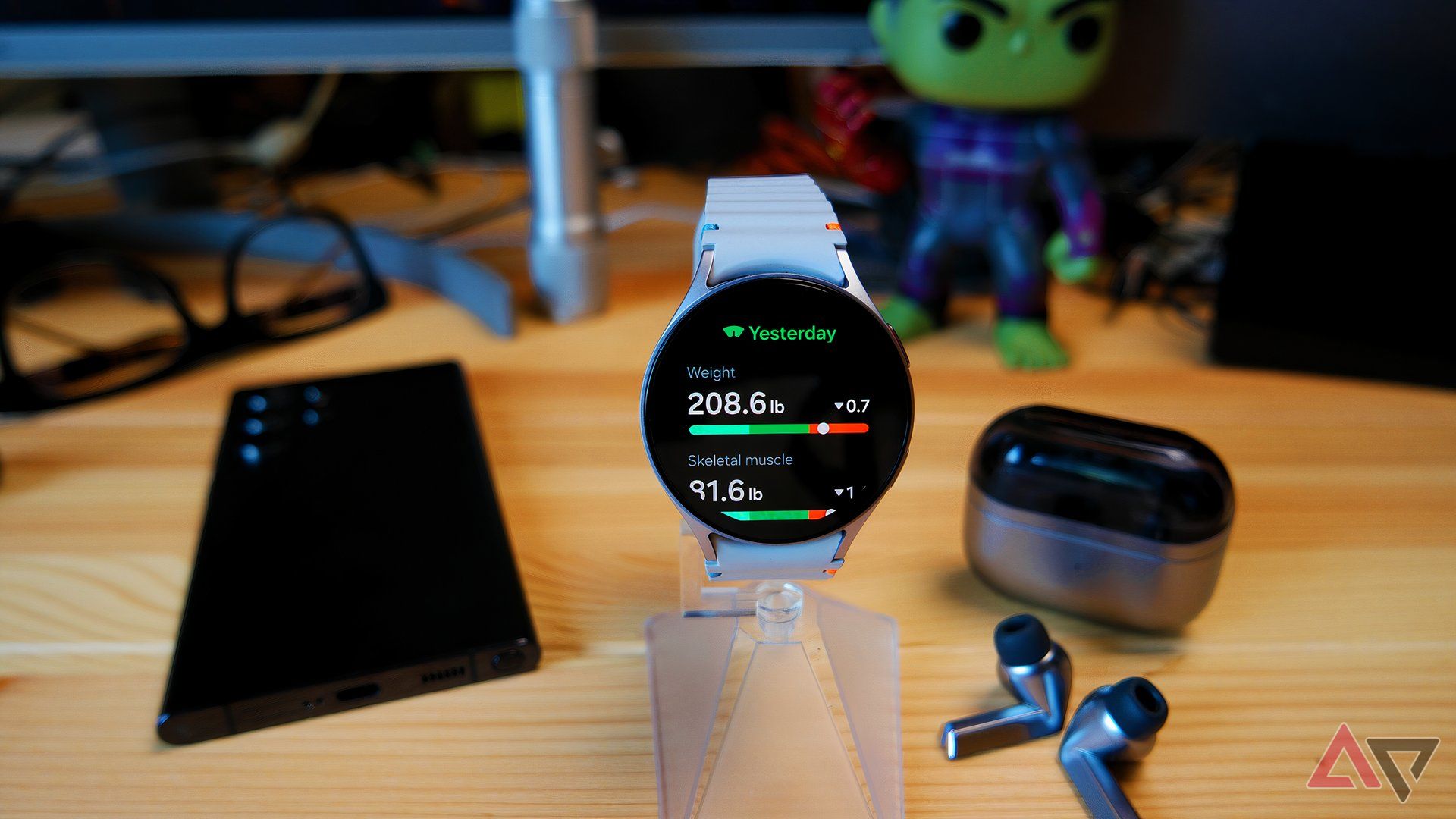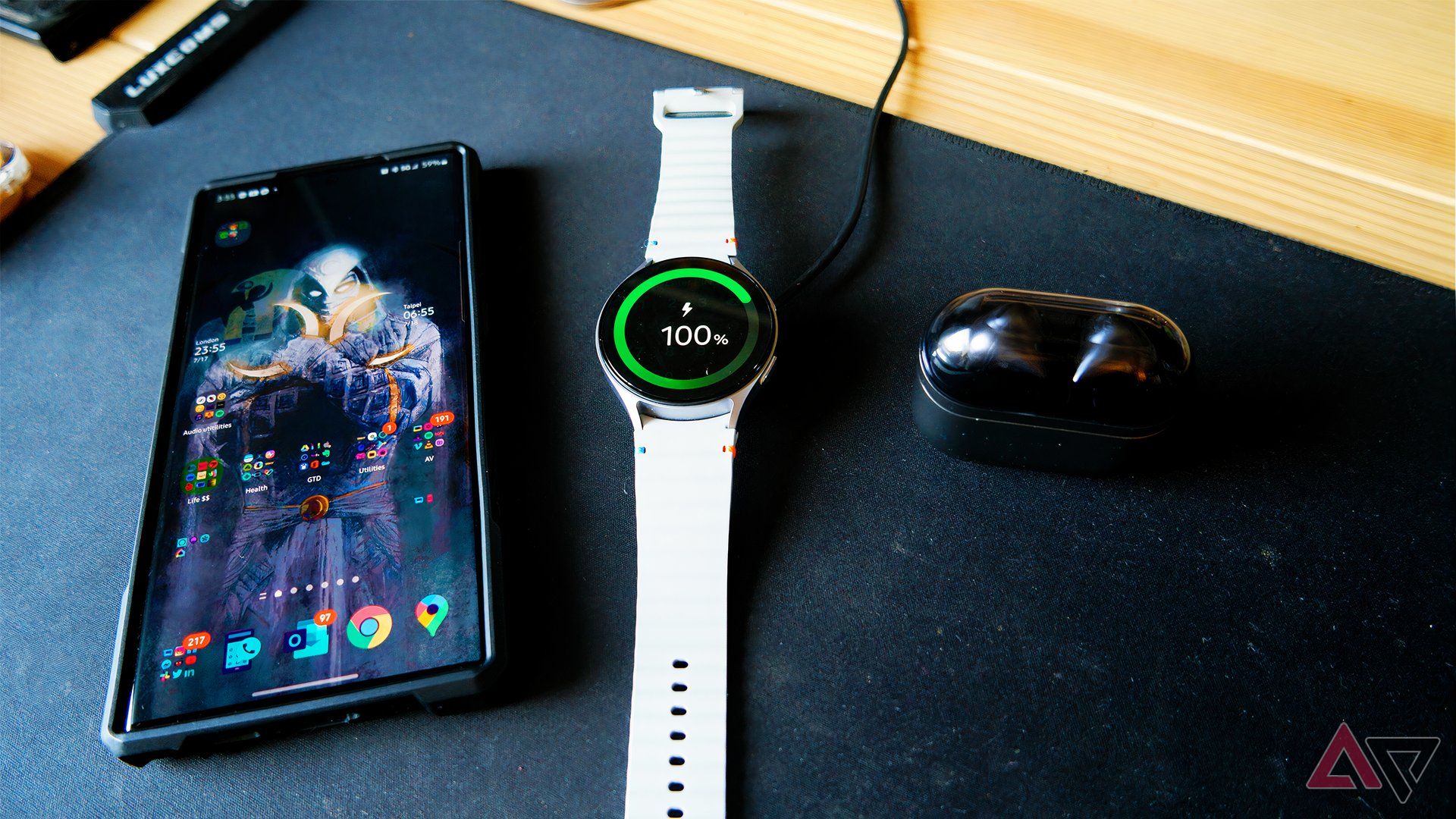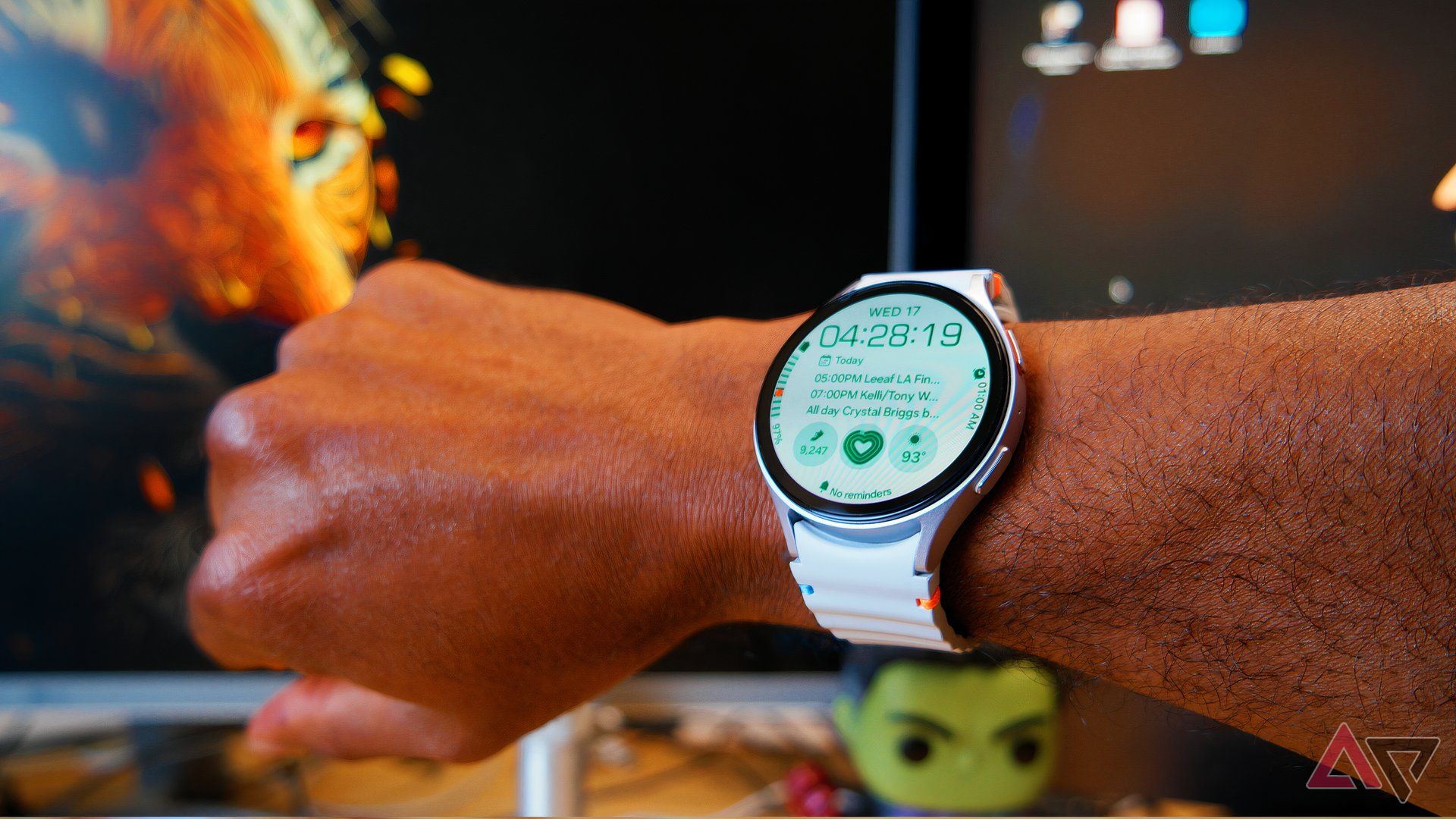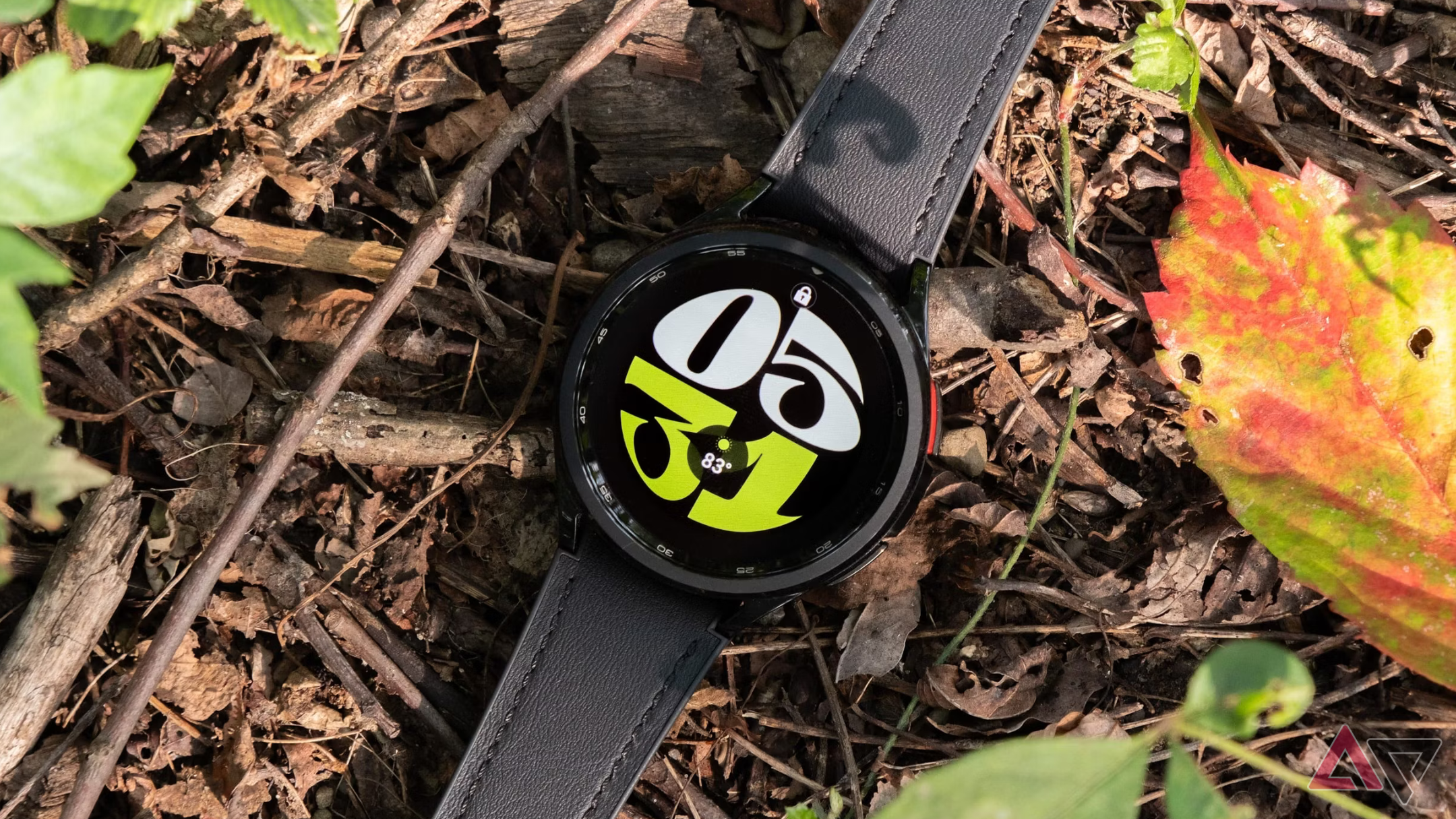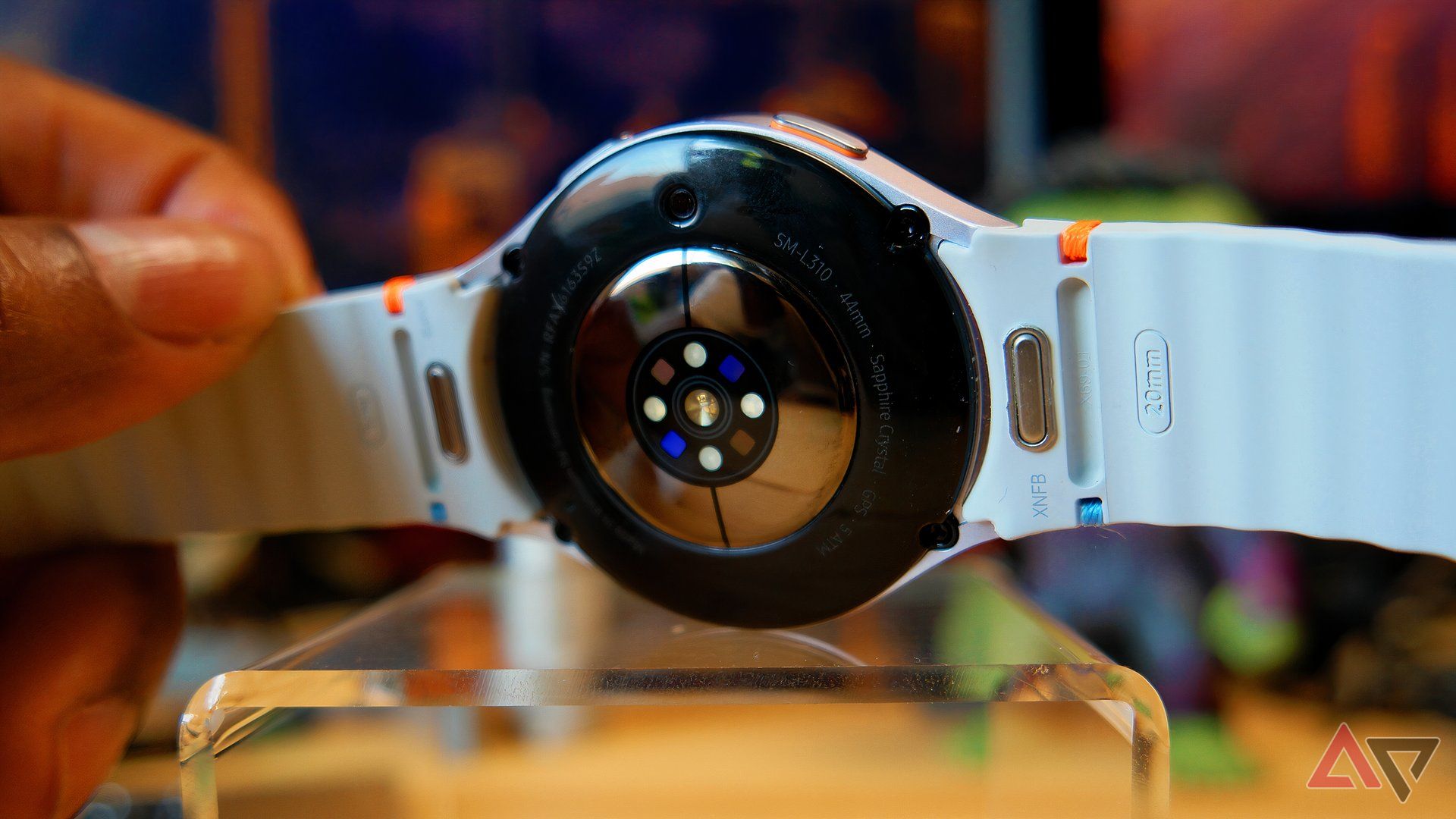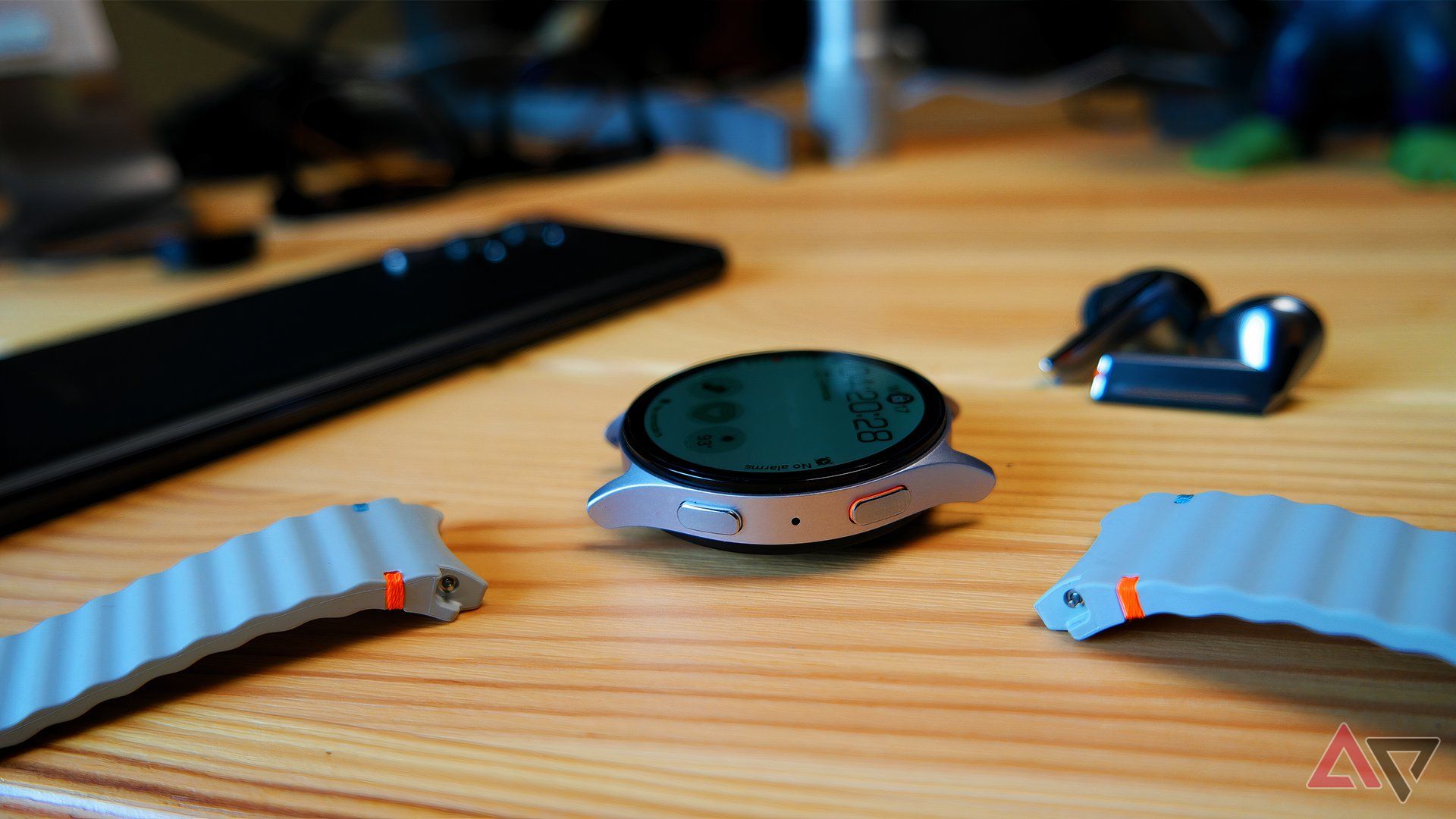There’s been a lot of talk among tech journalists about Apple’s influence on Samsung’s 2024 product line and how iterative it may be. Despite any truth in those observations, most buyers aren’t upgrading watches annually, as you’ll see with just a quick Google search where threads on forums like Reddit have users asking questions like, “Is it worth upgrading to Watch 7 from Watch 4?” In that regard, the Galaxy Watch 7 delivers and is not “iterative.”
At a casual glance, the Watch 7 may look the same as last year’s model. Still, there are material changes to external and internal components, refinements to the software, and some AI upgrades that make the user experience even more enjoyable than previous generations. The Samsung Galaxy Watch 7 is still the best Android smartwatch currently in the ecosystem of connected products.
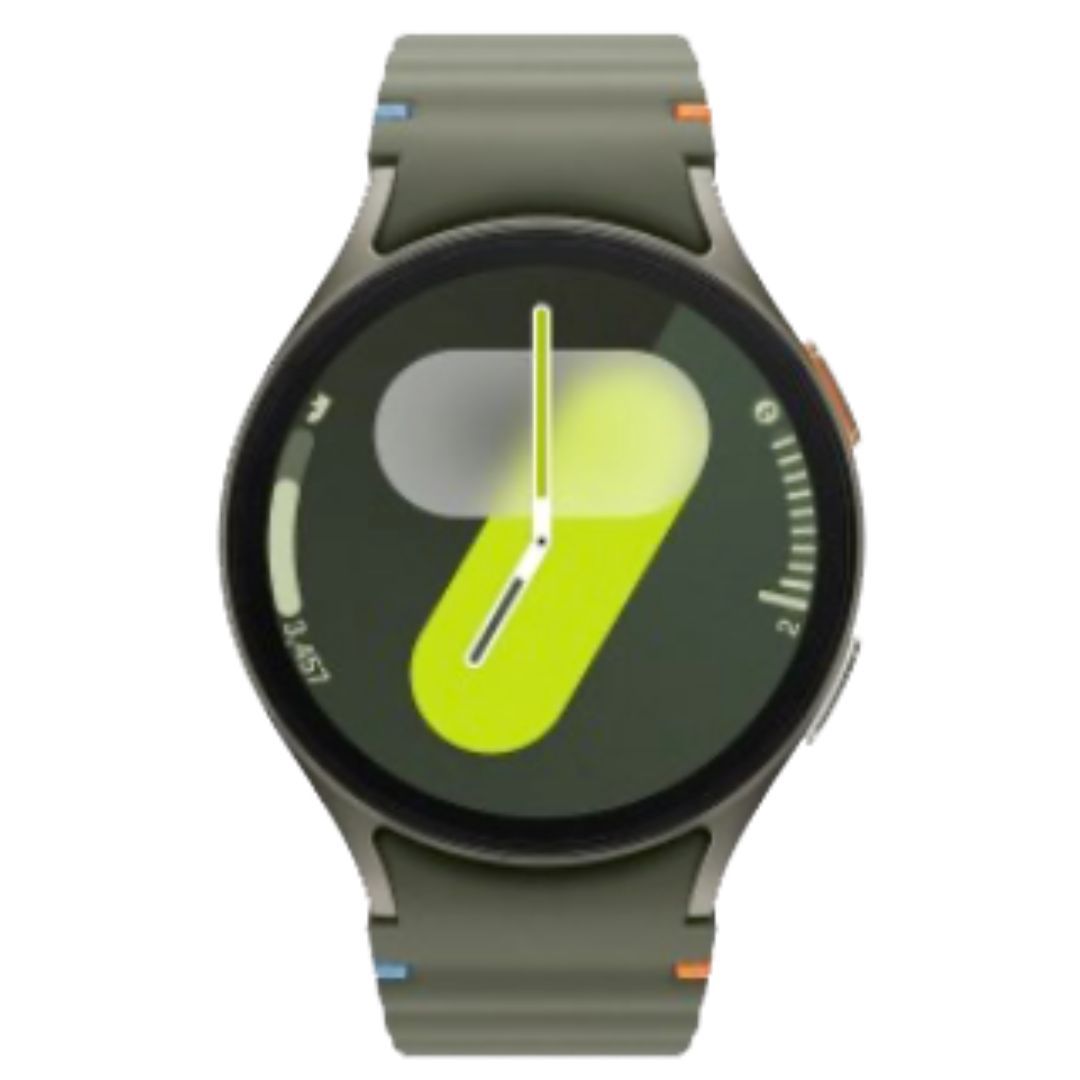

Staff pick
Samsung Galaxy Watch 7
With all the jokes regarding Apple Watch’s “inspiration” in the latest generation of Galaxy watches, the Samsung Galaxy Watch 7 is still the best ecosystem experience on Android.
- Feels very light
- Gesture-based interactions
- Heart rate sensor accuracy
- 4th Gen Wear OS Refinement
- Excellent outdoor screen brightness
- No more mechanical bezel
- Wireless Power Share is no longer supported
- Blood pressure monitoring is still not supported in the U.S.
Price, availability, and specs
The Samsung Galaxy Watch 7 was released on July 24, 2024. It is available in two sizes, different colors, and various connectivity options. A $300 40mm Wi-Fi model is available in Cream and Green ($350 for LTE), and a $330 44mm Wi-Fi model is available in Silver and Green ($380 for LTE).
What I like about the Galaxy Watch 7
Better connectivity. Better health.
There’s a lot to like about the Galaxy Watch 7, beginning with the size. The 46mm Galaxy Watch 4 Classic weighed in at 52 grams, but this year sees a decrease in size and a significant decrease in weight, with the 44mm weighing in at just under 34 grams. Sleeping while wearing the Watch 7 is effortless for me at 6 feet, 203 pounds. While there may be a decrease in watch body, size, and weight, storage has increased from 16GB on the Galaxy Watch 4 Classic to 32GB on the Watch 7. That means more apps and more music for your workouts. The battery is also larger this year, 425mAh compared to 361mAh.
The BioActive sensor array and GPS accuracy have improved. The Galaxy Watch 7 now has L1 and L5 GPS (dual-frequency), which is supposed to make it more accurate in areas with a high density of tall buildings or tree canopy. In one of my first tests, I pitted the latest Apple Watch Series 9 with its single-frequency GPS against the Galaxy Watch 7’s dual GPS with interesting results.
As you can see in the gallery above, there were times when the Galaxy Watch 7 had me inside buildings while the Apple Watch Series 9 tracked me on the sidewalk just fine. Overall, though, the Watch 7 does a solid job of tracking, as most of my routes were spot on. The only route I couldn’t wholly confirm for accuracy was a short hike I took through a forested area in Portland, Oregon. The tree canopy was so dense that the satellite image didn’t show the actual hiking path.
Now, I can tell you that the tracked route (the one showing the 126-foot elevation increase) does widen out at one point, but the trail I was on was a 20-foot wide out-and-back, so the route wasn’t that wide. Still, if one needed to retrace their steps, it’s close enough that you could make your way back to the trailhead without issue.
Though it may seem like a little thing, I have enjoyed some older features brought front and center: gesture-based interactions. They aren’t bulletproof; the double-pinch shortcut occasionally hits or misses when silencing alarms. It is also used for other interactions like music playback controls, moving through notifications, or answering calls. I’ve had better consistency with knock-ons. I have that shortcut set to launch workouts, and it’s worked out for me every time.
The stuff you’re made of… quantified!
I’m going to spend a moment on body composition because bioelectric impedance analysis (BIA) is, in my opinion, an essential metric for measuring your fitness progress. Your weight alone is a terrible number that leaves a lot of context out of your fitness journey. Fat weighs more than muscle, so your weight may go up while your body fat goes down. My measurement validation methods have improved Samsung’s tech since the Galaxy Watch 4.
I’ve tested several BIA scales against the medical-grade, professional standard known as a DEXA scan, essentially an X-ray. I’ve found the $450 Withings Body Scan BIA scale quite accurate, so I compared the Galaxy Watch 7’s data to the Withings Body Scan’s data. I took measurements on the same morning, within moments of each other, under the same physiological conditions.
Only two numbers showed significant variance from the Withings data: fat mass and basal metabolic rate (BMR). There was a ten-pound difference for fat mass, but I’ll chalk that up to my not yet figuring out where the inconsistency is. In addition to fat mass, the body fat percentage is higher with the Galaxy Watch 7. That’s because Withings averages in total body fat, while the watch primarily looks at upper body or torso fat (technically, the most important).
If I look at the torso fat percentage number on the Withings data, it’s within one percentage point of the Galaxy Watch’s data. So you need to know that when you’re looking at data points in Samsung’s Health app, your body fat percentage is just your torso fat, not your total fat, and it will be higher than your overall body fat percentage.
Your BMR will also be slightly off because the equation does not include lower body muscle and fat content.
Artifice and holistic health: Not an oxymoron
Improved and new artificial intelligence has added to or improved the Watch 7’s features. The BioActive sensor now has more LEDs to track your vitals, and I’ve found it to be quite accurate when compared to and contrasted with the data I received from one of the most accurate chest strap heart rate monitors, the Polar H10. On walks and trickier interval workouts, I found the Galaxy Watch 7 to be, at worst, within a beat of the Polar H10; much of the time, it was in agreement with the Polar H10.
The only time it wasn’t was when my heart rate rapidly changed, but the watch caught up quickly. Watches shine light through your skin to estimate BPM, whereas a chest-worn HRM receives electrical signals from your heart itself, so they will, for now, always be the most accurate measurement.
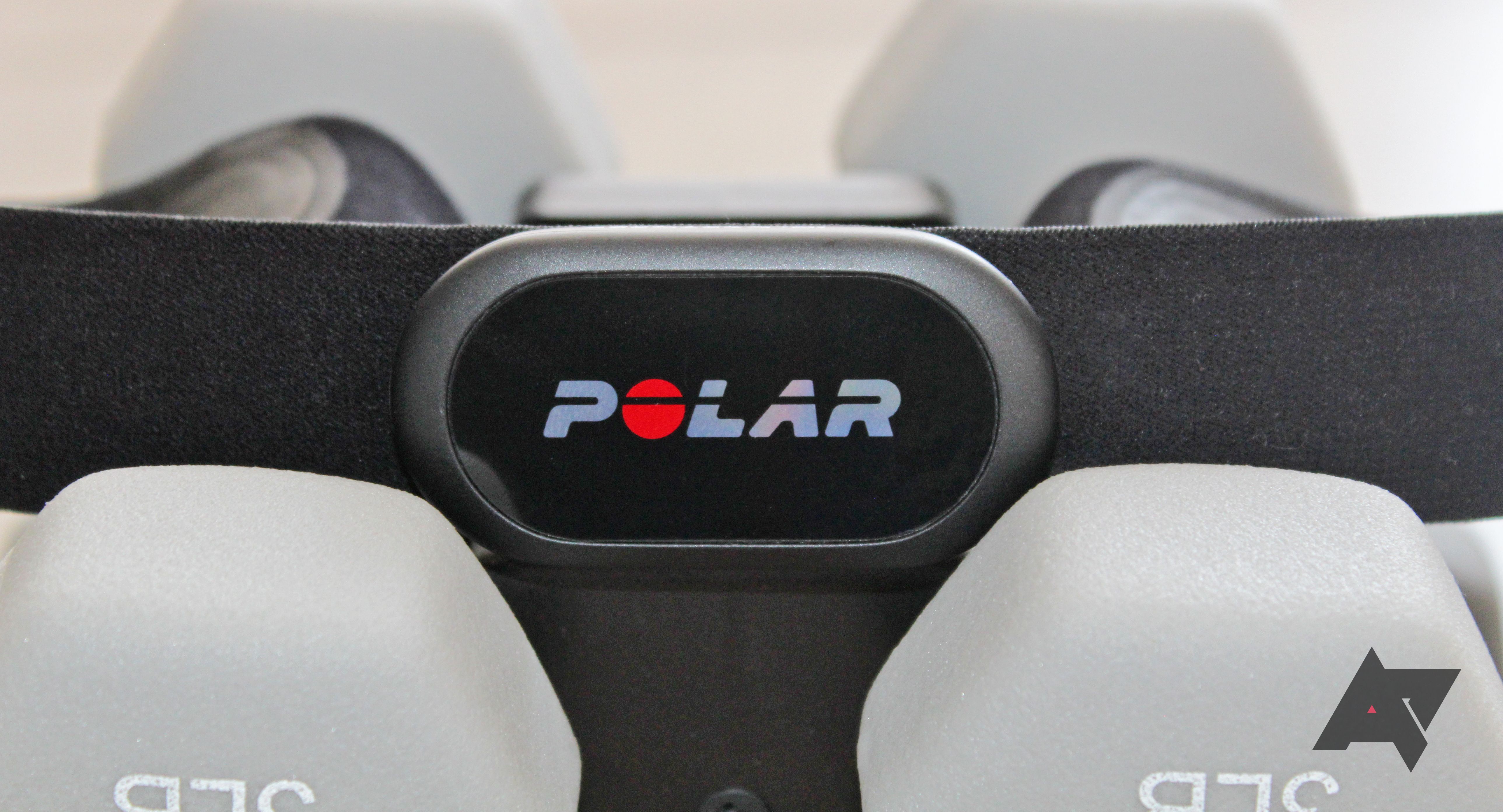
Read our review
Polar H10 review: Connected heart rate monitoring with a catch
Best-in-class heart rate tracking let down by a crummy companion app
Sleep tracking, blood oxygen, and heart rate monitoring overnight have been excellent. My bedtime and time asleep, not actual time in bed, have been spot on. Recovery is as important as your workouts and vital to health tracking. Though my wife does snore sometimes, the watch hasn’t registered her snoring next to me and shows that I don’t have any sleep apnea issues via the new FDA-authorized sleep apnea feature.
Heart rate monitoring has been in line with other devices I’ve previously validated, such as the one I wear to bed to track sleep stats. The new AI-powered Energy score has been quite interesting, providing a wealth of data insights on my vitals during sleeping hours.
It uses multiple data points, analyzes them, and then gives you a score to let you know how ready you are to crush it that day based on your previous day’s activity, skin temperature readings, sleep/waking times, and coronary activity monitored during your sleep and recovery overnight. This is a great feature for those newly amping up their activity levels to improve their health.
With the addition of the custom workout routines, I was hoping I’d no longer need Gym Run or the Strong app to track strength training properly. The custom routine is a wonderful step in the right direction, and I’m hopeful Samsung will build on it for those of us whose workouts consist primarily of free-weight movements.
For now, it will only automatically track movements already in its database. However, you can add your own movements like I did with the pullovers in the second image in the gallery above. In addition to that limitation, you cannot log weight lifted, so there’s no way to track progressive overload over time from the Health app. For movements the watch knows, it will track your reps and even check your starting position to know when you’re ready to start your set.
All of the things mentioned in this section of the review have been beautifully displayed on the Watch 7’s AMOLED face. The display spec is identical to the Galaxy Watch 6, with 2000 nits. We have new watch faces this year, the Ultra Info Board being my favorite. It gives you up to seven complications to present the beautiful data the watch and Health app capture and analyze.
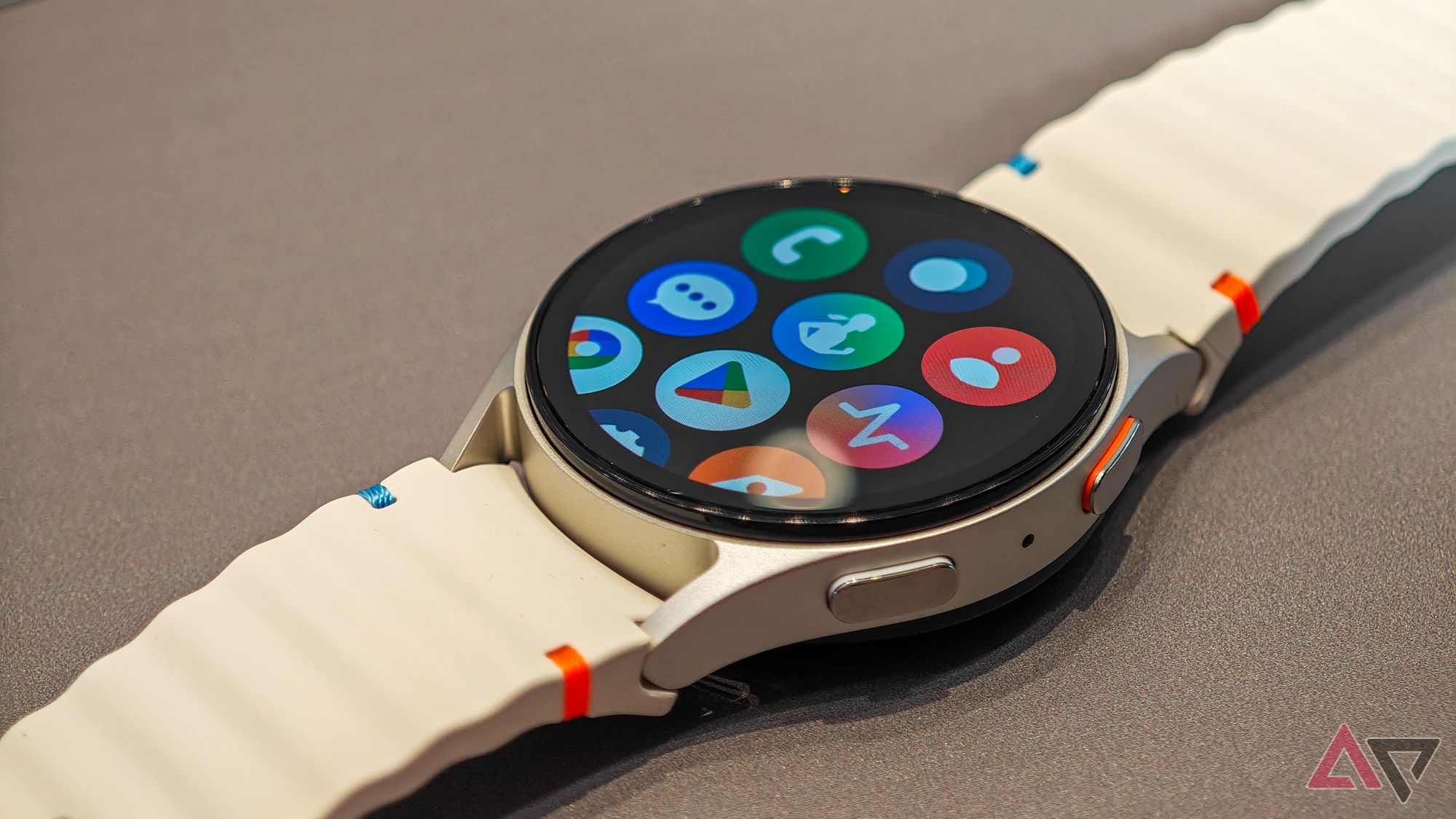
Related
6 best Samsung Galaxy Watch 7 tips and tricks
Do more with your smartwatch
What I don’t like about the Galaxy Watch 7
RIP rotating bezel!
As many features as Samsung’s AI-powered smartwatch has, you’ll need to pay an extra few hundred dollars or more (much more) to access some of them. Things like ECG and the new Sleep apnea monitoring require Samsung phones for their companion apps.
I don’t expect a lot from a powerful smartwatch regarding battery life, but the Samsung Galaxy Watch 7 falls below where I think it should be, which is why it doesn’t have the 9.5 rating I think the rest of the watch deserves. With all the features turned on and tracking my heaviest day of use mixed in with a workout, I killed the watch’s battery in approximately 19 hours. I’m hoping it’ll get better with future software updates.
That day, I took the Galaxy Watch 7 off the charger one afternoon around 5 p.m., fully charged. I went to bed around 7 p.m., woke up 6-ish hours later, and headed to work. On my lunch break, I went for a 2.5-mile outdoor interval walk/run (no phone, standalone GPS) connected to Galaxy Buds 3 Pro for the roughly 30-minute jaunt, and by noon, just 19 hours later, the watch was already at 12 percent. It’s not terrible for a smartwatch with all this tech on board, but it’s far from ideal.
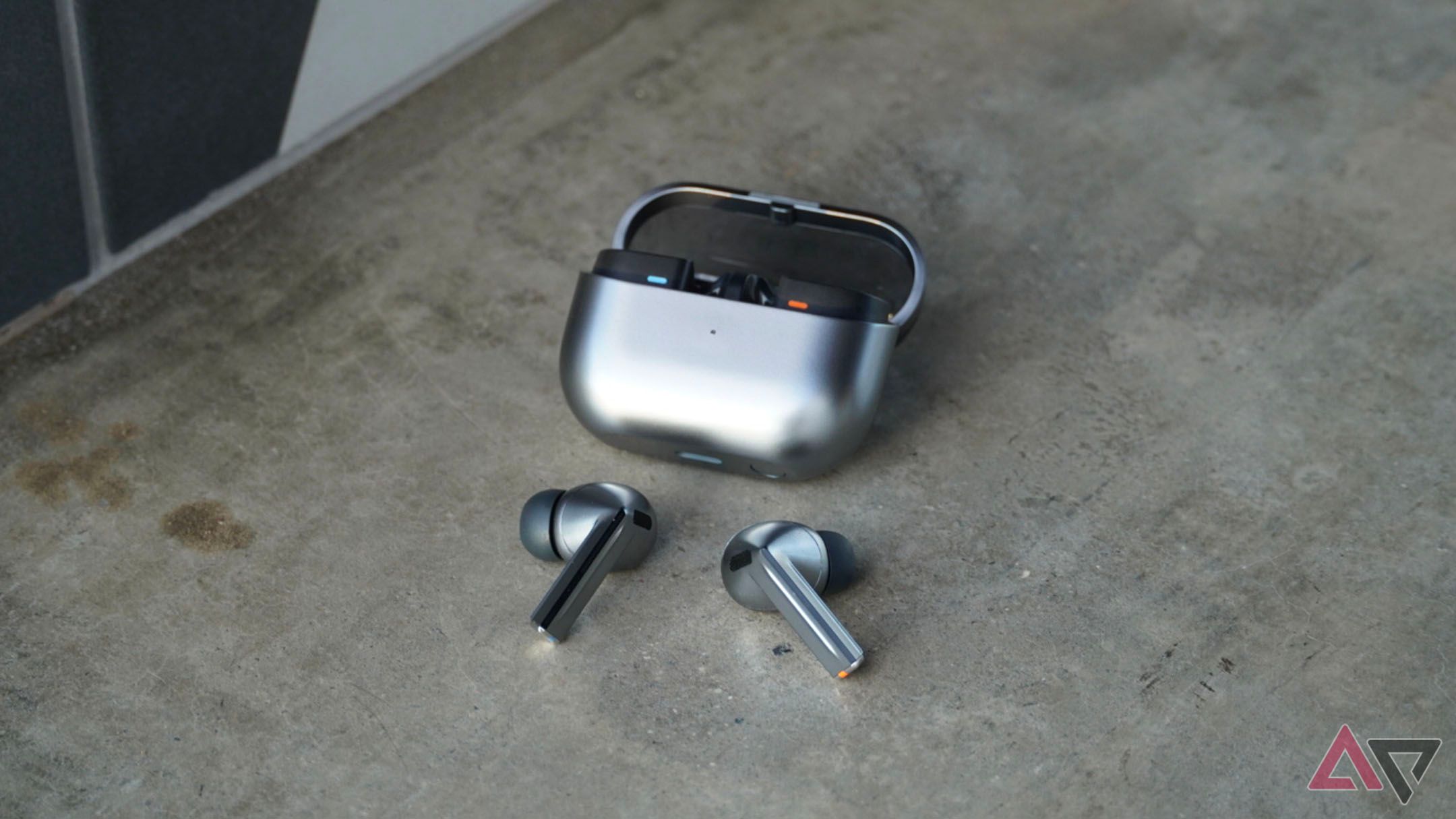
Related
Samsung’s Galaxy Buds 3 Pro sound better than AirPods, but look like a cheap knockoff
An unoriginal design and QC issues are a concern
If you lead a fairly active lifestyle, battery life could be challenging. And you won’t be alone, as users on various forums have been complaining about unexpected battery drain from both the Galaxy Watch 7 and Ultra. Samsung knows that and is working on a fix, according to a rep on their Korean forums. So, for now, you may find yourself charging twice a day.
Of course, your mileage will vary if you don’t have every feature activated like I do. You should also know that due to the larger bump of the upgraded BioActive sensor array, Wireless Powershare has been killed. Beyond the Galaxy Watch 6, your older accessories may no longer work with the Galaxy Watch 7 since the depression the watch sits in is now deeper. That’s a bummer because setting your phone face down and charging your watch in a pinch was nice.
Regarding sleep coaching, I’m a Penguin, and I was a bit put off. It requires you to be asleep at specific hours, which doesn’t work for my sleep schedule. So, it may not work for you if you don’t have a traditional job. To get sleep coaching to work for me, I had to fudge my bedtime and waking times because when you first activate coaching, you must take a brief survey to determine if you’re a fit for coaching.
At first, when I answered the questions with my actual bedtime, it told me that sleep coaching wasn’t a fit for me. Excuse me?!?! **pearl clutching ensues** I tried a couple of times, but no love until I answered the survey with hours that worked for it, not me, which is how I earned the Penguin totem. The annoying thing is that the Penguin, characterized by frequent waking during sleeping hours, is spot-on accurate for my sleeping habits.
I was saving this for last, but I dislike the death of the mechanical rotating bezel on Galaxy Watches, like the Watch 6 Classic. Samsung tried to get rid of it in a previous generation, but public backlash led to them bringing it back, and now it’s dead again. RIP rotating bezel. You willbe missed!
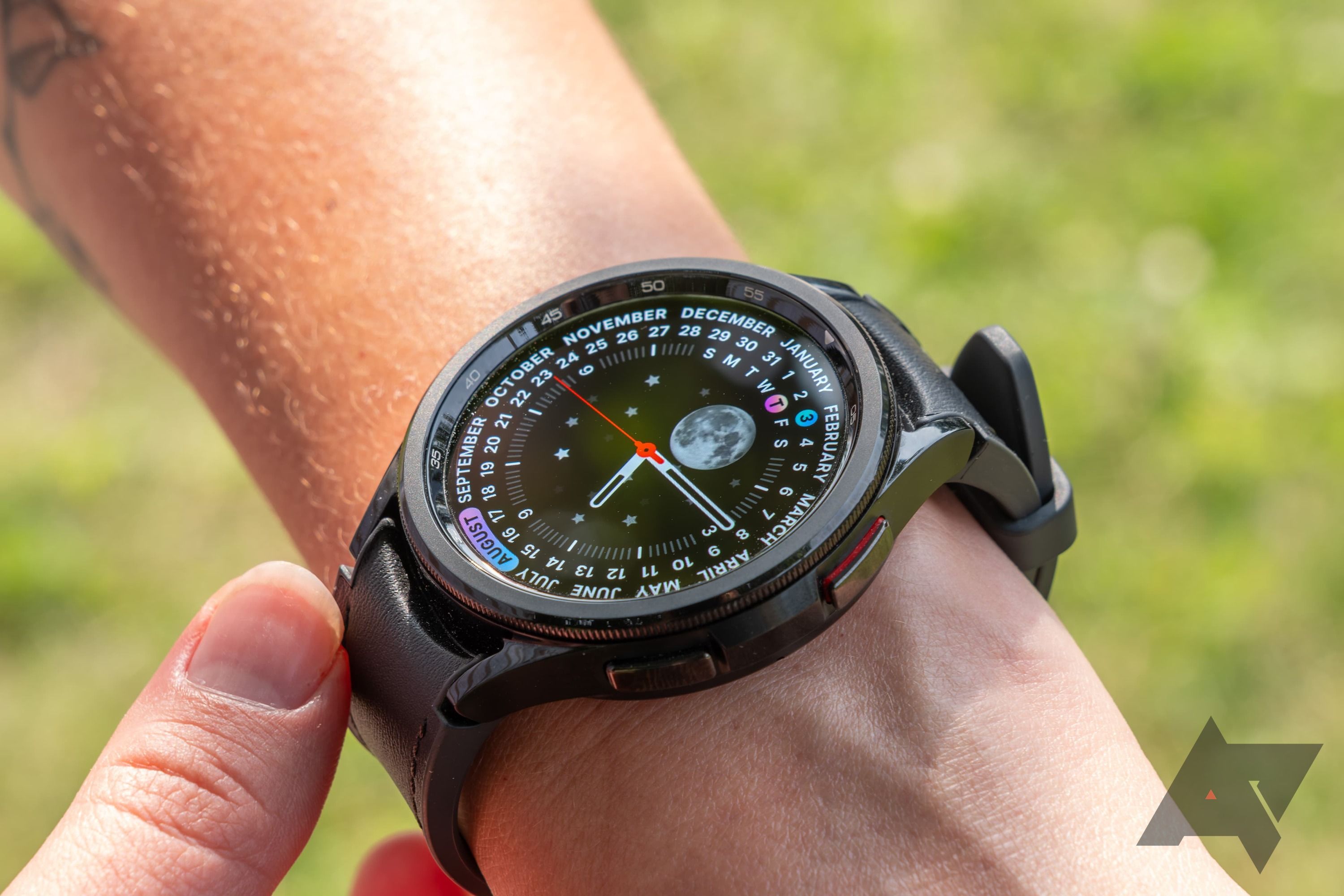
Related
Samsung Galaxy Watch 6 Classic review: Iteration with a twist
Mostly minor improvements from the Watch 5, but a fan-favorite feature returns
Should you buy it?
Don’t upgrade. Do buy!
Many of the Galaxy Watch 7’s features will be coming to earlier Galaxy Watch models, so I don’t think it’s necessary to upgrade from the GW5, even less so for the GW6. If you’re currently using a Galaxy Watch 4, the bump in processing speed, along with the upgraded BioActive Sensor, larger battery, and better-performing GPS, make moving to the 7 a “no-brainer,” in my opinion. And with the current incentives Samsung offers, the Galaxy Watch 7 could be a steal!
If you’re coming from another smartwatch and own a Samsung Galaxy phone, this is the most refined, connected experience on Android. While the Pixel Watch 2 improved over the first-gen Pixel Watch, the Galaxy Watch has been around longer and has had more time to refine the UI and its connection to your phone. The same goes for every smartwatch running Wear OS compared to Samsung’s offering. The Galaxy Watch is my current Gold Standard for wearable/phone integration.


Staff pick
Samsung Galaxy Watch 7
With all the jokes regarding Apple Watch’s “inspiration” in the latest generation of Galaxy watches, the Samsung Galaxy Watch 7 is still the best ecosystem experience on Android.
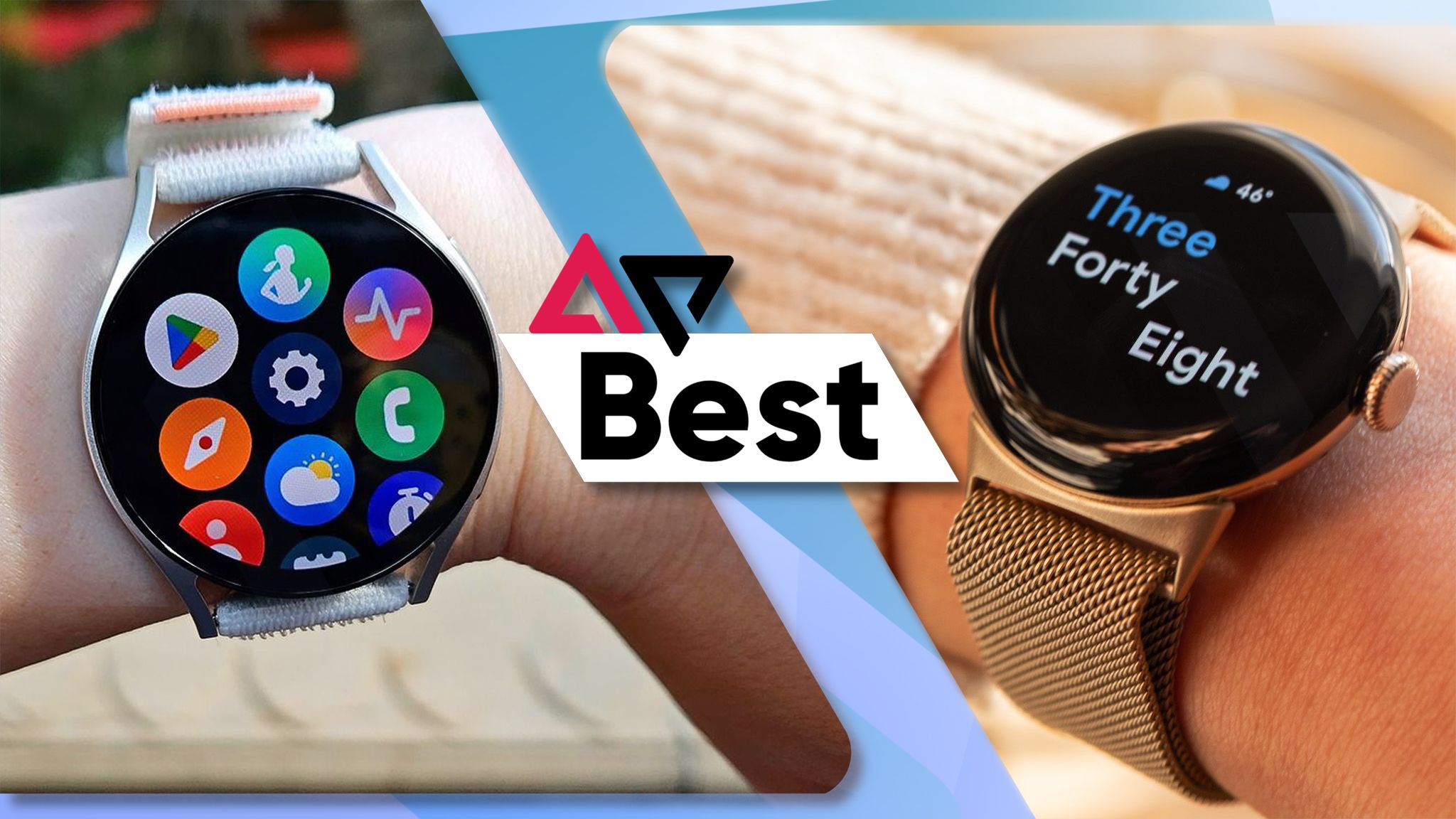
Related
Best smartwatches for Android in 2024
The best watches for your Android phone
Source link

